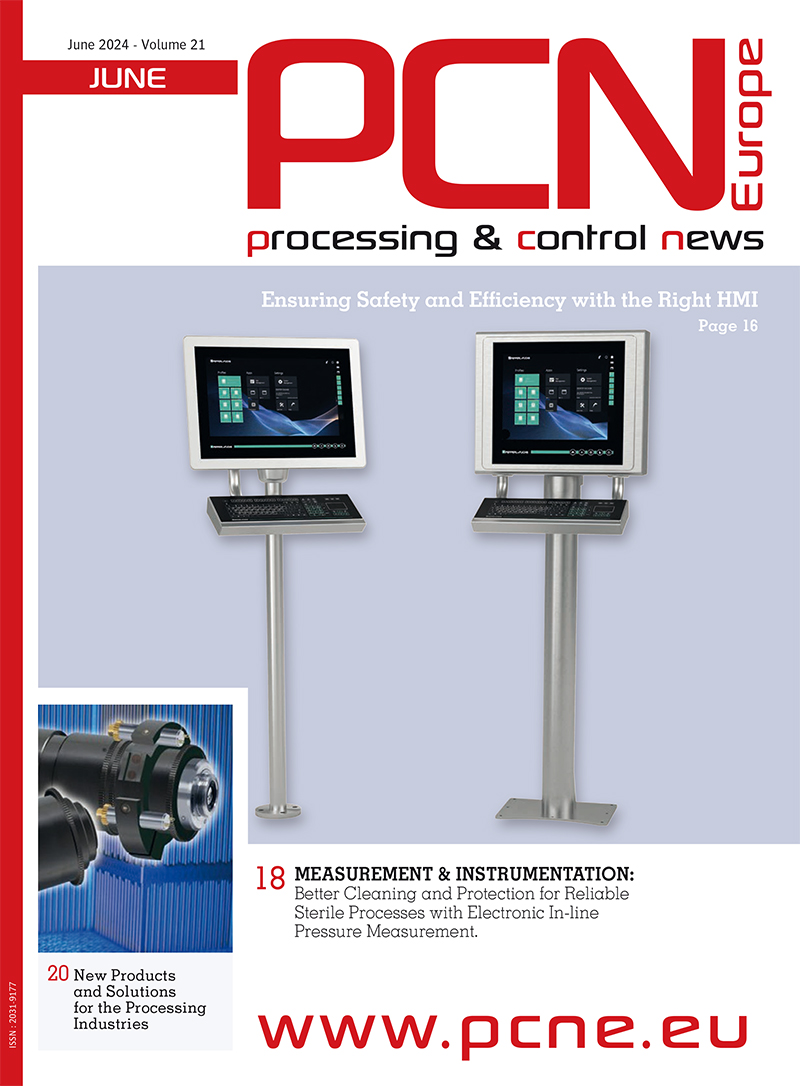John Reynolds, director at Reynolds Training Services (RTS), is an authority in safety training to the petroleum and petrochemical industries. In this article he is talking about ‘Negligence and personal safety & training,’ looking at how to train and ensure competence in high hazard environments
Like a fine wine, Competency gets better with age. Bubbles of personal improvement float to the surface through a mix of training, on-the-job learning, instruction, assessment and qualification. Good Competency doesn’t happen overnight, it matures over time. So it is to be welcomed that training providers, employers and employees are being most competent in talking ‘Competency’.
Are we to open a bottle to celebrate? Yes, we should. Open two in fact. After all, this wasn't always the case. In the early days, Competency was a mere ideal thrashed out by safety experts over tea and biscuits.
Step into my health and safety timemachine and travel to 2013 where Competency is the standard all High Hazard sites are compelled to achieve. Okay, maybe I’m being a little dramatic. 2013 is, after all, already upon us and time travel is still to be invented.
Yet the point remains: this tectonic shift in the Competency culture is of huge importance to employers, employees and safety training providers alike. So given that Competency is just so damn important, let’s distill it into its composite elements and mull over what we can all do to improve levels across the board.
Defining Competency
The PSLG report into Safety and Environmental Standards for Fuel Storage Sites labels Competency as: 'A combination of practical and thinking skills, experience and knowledge. It means the ability to undertake responsibilities and to perform activities to a recognised standard on a regular basis.'
That’s the technical definition. In the words of an archetypal movie president who orders his chief scientist to reiterate their protestations “in English”, let me clarify: Competency simply means keeping your workplace safe today, tomorrow and happily thereafter.
Does my site need to be Competent?
In short, yes it does. This is particularly the case given that the Health and Safety Executive has grabbed the issue by the scruff of the neck. As the HSE embarks on its review of Competency Management Systems with a focus on High Hazard sites we too, as an industry, must analyse our ability to demonstrate and continually develop Competency.
Put it this way, good Competency systems:
● support regulatory compliance
● reduce incidents
● avoid working days lost and potential litigation
● enhance profitability by getting things right proactively rather than reactively
And let us not just get caught up in the red tape of the law. Good Competency keeps staff happy thereby improving culture and attitude within working environments. Organisations can also stand atop the proverbial soapbox and declare to their clients: “Our staff are Competent and we can therefore better protect your product.”
It’s a beautiful thing; a sort of self-fulfilling prophecy - everyone's a winner baby and that’s the truth.
Balancing the competency equation
Good workplace Competency consists of a careful blend of unique elements. Just like the perfectly balanced petrochemical compound, getting the mix right is crucial – one wrong ingredient and things can quickly turn volatile.
Competency comprises three core elements: Knowledge, Skill and Experience. In this age of greater autonomy, we also need to take two key behavioural aspects into consideration: Understanding and Attitude.
The secret ingredients:
● Knowledge = the ability to undertake specific tasks, in the right order, with the correct resources. Knowledge can be derived through classroom-based and onsite training as well as continuous development within the workplace.
● Skill = practical and mental aptitude to carry out the task at hand, to a recognised standard, on a steadfast basis.
● Experience = develops over time. It is important in this development phase that personnel know what good Competency is and embed this into their routine. This should be supported by robust assessment practices, ensuring the ability to perform prior to going ‘solo’ and refreshed throughout their career.
● Understanding = a deeper aspect of Knowledge. It represents individual awareness of the consequences of the actions you take, be those good or bad.
● Attitude = is influenced by a variety of factors including personal aspects of our lives that may affect concentration.
So who sets the standards?
Cogent Cogent, led by employers, works closely with industry to identify skills gaps and needs, developing standards and qualifications. Working with the relevant Qualification bodies, Cogent underpins the quality of the standards developed and then passes to the awarding bodies for formulation into the formal qualification structure.
National Skills Academy for Process Industries NSAPI links training providers with industry, providing skills assurance, helping identify training gaps as well as benchmarking skills against the gold standards.
Leading the development in Process Safety Training, NSAPI along with industry and regulators has developed a robust suite of Process Safety Management standards relevant to all levels from senior executive through management and on to operational personnel.
Awarding Bodies PAAVQSet / City & Guilds Awarding Bodies play a vital role in ensuring the quality of the standards delivered. These include:
● Approving centres for delivery of the qualifications
● Ensuring Assessors are Competent to assess
● Providing external quality assurance to ensure that centres reach and maintain the high standards required
Trainers / Assessors and Training Providers The trainer's role is vital in imparting knowledge and skill whilst providing the learner with the confidence to undertake the task and develop the right experience.
Managing your Competency systems
Your Competence Management System needs to ensure that staff have received appropriate training and can demonstrate continuous development. Any effective CMS should align to six key principles:
1 Demonstrating leadership / commitment
2 Identifying business critical activities relating to the control of accident hazards
3 Setting procedures and standards
4 Compliance against your standards
5 Taking actions to improve competence
6 Commitment to continuous improvement
A good CMS doesn’t just provide assurance to regulatory authorities, it delivers tangible benefits to the business by reducing risks to people, environment and plant as well as profit.
Raise a Glass to Competency
Keeping your wine at a constant temperature is of great importance if you want it to age properly. You must care for the wine, remove from the rack every so often, dust it off and replace. Eventually, when it’s ready, excavate from the depths of the cellar, decant the bottle and drink.
The same applies to good workplace Competency. It takes time to get it right. It is a constant process of improvement. Competency is not just about a one off review, observation or audit. It lays the foundations on which safer performance is built and embedded in an organisation, its culture, workers and business.
That’s why we have to get it right. Cheers folks.


















